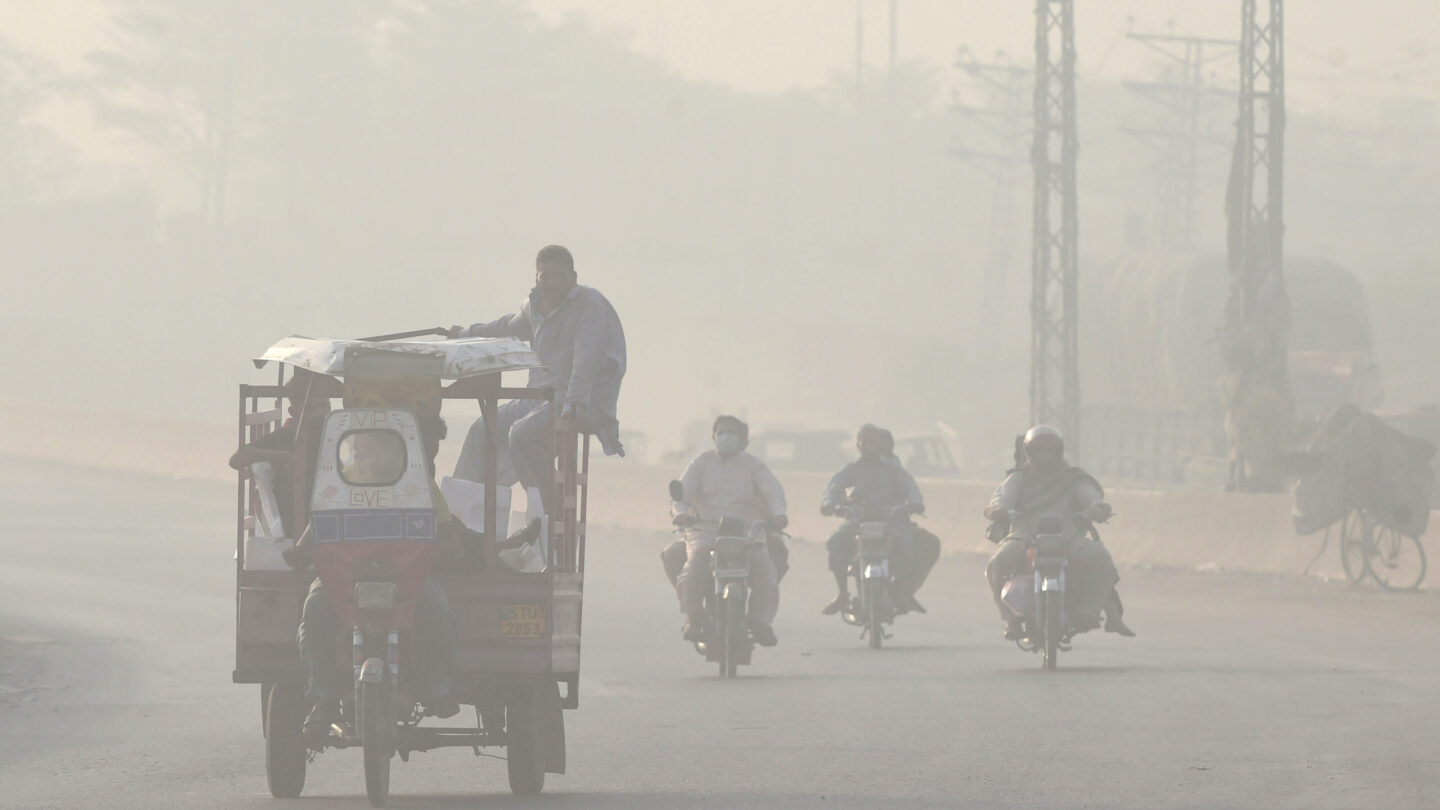This summer, daytime temperatures topped 100 degrees for a full month in Phoenix. In northwest China, temperatures soared above 125 degrees. Southern Europe withstood waves of 100-plus degree days. Wrapped together, heat waves illustrate a sobering reality: human-driven climate change is making extreme heat worse worldwide. But health-threatening heat isn’t the only outcome of record-breaking weather: air pollution spikes when the temperatures rise, according to a new report from the World Meteorological Organization.
“Climate change and air quality cannot be treated separately. They go hand in hand and must be tackled together to break this vicious cycle,” WMO Secretary General Petteri Taalas said in a press release.
The new report, which focuses on 2022, highlights the growing risk of air pollution connected to wildfires. Hotter temperatures increase the risk of large, hot-burning fires, which can pump enormous plumes of smoke into the air. That smoke causes health problems near the fire but also for people thousands of miles downwind.
Emergency room visits for asthma spike during and after smoke exposure. Heart attacks, strokes, and cognitive function problems also increase after smoke exposure. In 2022, people living in the Amazon basin, Alaska, and the western part of North America all breathed in more wildfire smoke than they have on average over the past 20 years.
Extreme heat also drives up the likelihood of drought, which in turn makes big dust storms more likely. Enormous clouds of fine dust wafted off major deserts last year, particularly affecting the Arabian Peninsula region. Southern Europe also got hit by a major dust storm after a heat wave baked the deserts of northern Africa in the summer.

9(MDAxODM0MDY4MDEyMTY4NDA3MzI3YjkzMw004))








